You can throw a party, travel the world and exercise all at once. Impossible, you say? Then you’ve never heard of Zumba!
Every week, the feet of millions of people from Finland to Malaysia to the United States pound the Zumba dance floor. They hop, sashay, whoop and clap to a blend of rhythms from a melting pot of nations. They’re throwing a Zumba dance-party, moving to explosive music in its original form.
 Zumba’s many dance styles blend together to create an energy-soaring workout.
Zumba’s many dance styles blend together to create an energy-soaring workout.
Dance, Dance Evolution
The word Zumba (ZOOM-bah) means to “move fast” in Columbian. But what makes Zumba special? Over a dozen dance styles from cultures across the world create its pulse. Zumba is made up of many Latin dance styles, which were born long ago from a blending of European and African cultures. In the 1500’s, Europeans brought African slaves to the New World to work in sugar and coffee fields. The slaves left all they knew behind, but brought their vibrant rhythms and dance traditions with them. In these African communities, everyone played a role in music and dance. Africa’s culture helped shape today’s Latin music, including Zumba.
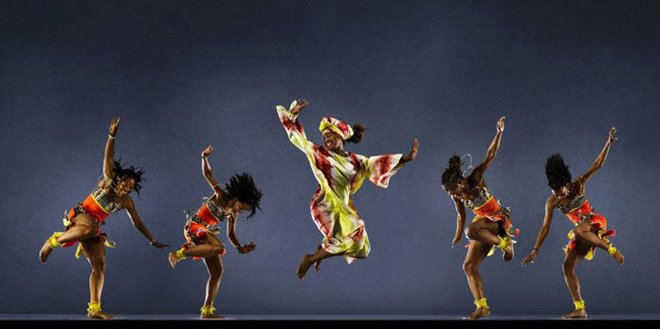 African dance helped shape today’s Latin music, including Zumba
African dance helped shape today’s Latin music, including Zumba
Exploring Zumba's Latain Rhythms
Mambo dancers shimmy their shoulders, sway their hips and arms, jump and kick. The cha-cha-cha is a slower, easier version of the mambo. Salsa means “hot sauce.” It began, some say in Cuba, as a street dance in the 1950’s. Its pulsating beats, hip-swinging and rapid foot patterns make the dance as spicy as the word itself.
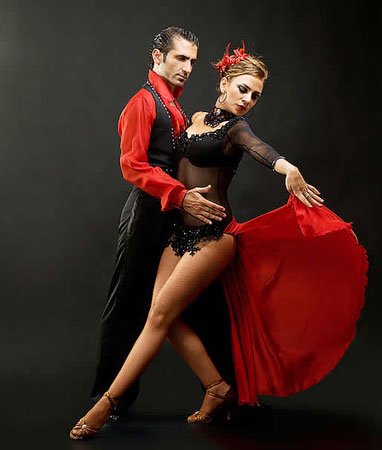 Salsa began, some say in Cuba, as a street dance in the 1950’s.
Salsa began, some say in Cuba, as a street dance in the 1950’s.
Cumbia began among the poor in Columbia in the 1800’s. Cumbia dancers, usually barefoot, move to a slower beat than other Latin vibes. In the 1820’s, poor communities in Haiti and the Dominican Republic first danced the merengue. Merengue dancers march, spin and dip to the beat of a double-headed drum called a tambora. They move their legs and hips, while their upper bodies remain stiff.
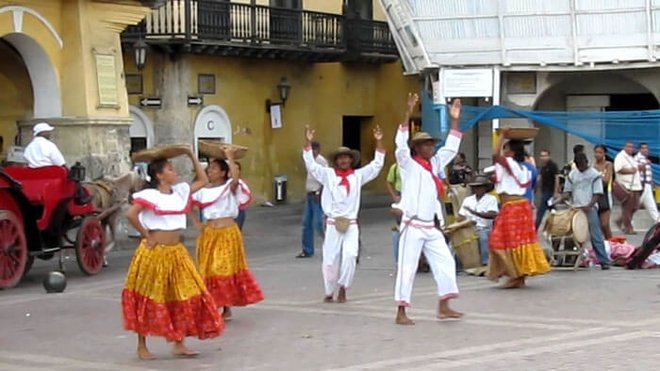 Cumbia began among the poor in Columbia in the 1800’s. Cumbia dancers, usually barefoot, move to a slower beat than other Latin vibes
Cumbia began among the poor in Columbia in the 1800’s. Cumbia dancers, usually barefoot, move to a slower beat than other Latin vibes
In Argentina and Uruguay, the first tango dancers swiveled their hips to wild tempos. In the 1900’s, Europeans made the tango smoother and milder. Today, you’ll still find tango dancers hook, flick and slide their legs, sometimes to the beat of a heartbreaking love story. A German accordion called a bandoneon often sings in the background.
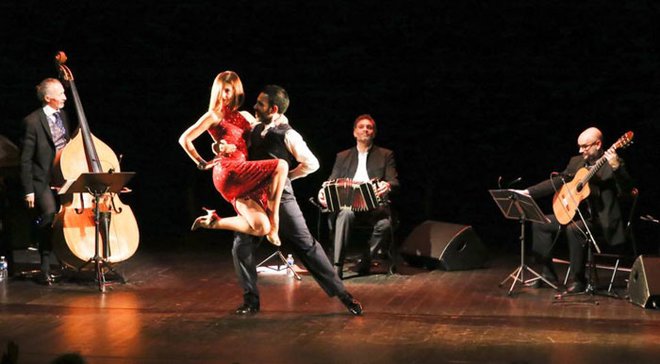 A German accordion called a bandoneon often sings in the background of a tango dance
A German accordion called a bandoneon often sings in the background of a tango dance
Every February during Brazil’s world-famous Carnival, up to 5,000 dazzling samba dancers and musicians light up the streets of Rio de Janeiro. As a child at the parades, you’d yell “Vai passar!” (“It’s coming!”) when they approach you. The samba, Brazil’s national dance, tells a story of its history and people.
Since the 1980’s, reggaeton has told stories of youth living in Latin American cities. Puerto Rico and Panama created the high-intensity music from a mix of Latin, electronic and Jamaican reggae beats. Dancers shuffle, slide, and hip-hop to a heavy drum-machine track.
 Every February during Brazil’s world-famous Carnival, up to 5,000 dazzling samba dancers and musicians light up the streets of Rio de Janeiro.
Every February during Brazil’s world-famous Carnival, up to 5,000 dazzling samba dancers and musicians light up the streets of Rio de Janeiro.
Other International Beats
Zumba dances like bhangra, belly dance and flamenco come from Europe, Asia and the Middle East. In South Asia, bhangra began as part of a spring harvest celebration. Traditional dancers leapt, kicked and performed body bends. In the 1300’s, high in the caves of southern Spain, where Gypsies lived as outcasts, guitars and clapping hands set the first flamenco beats. You can still witness original Gypsy flamenco performances in southern Spain today.
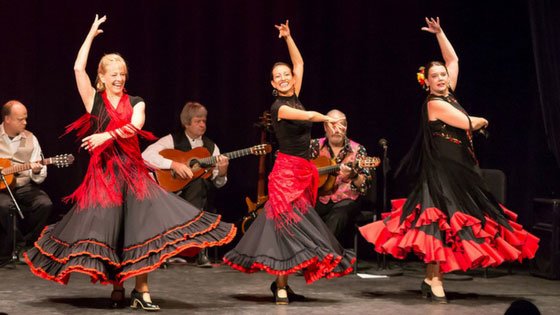 You can still witness original Gypsy flamenco performances in southern Spain today.
You can still witness original Gypsy flamenco performances in southern Spain today.
Some historians think Gypsies first made belly dancing popular thousands of years ago. Clinking finger cymbals, vibrant clothing and belts dangling with gold coins adorned barefoot dancers. Moving only their torsos, they sometimes held swords, snakes, or lit candelabras.
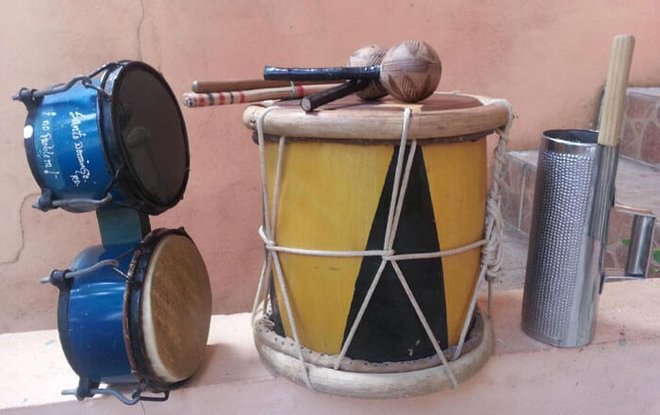 Merengue dancers march, spin and dip to the beat of a double-headed drum called a tambora.
Merengue dancers march, spin and dip to the beat of a double-headed drum called a tambora.
Exercise In Disguise
Zumba’s many dance styles blend together to create an energy-soaring workout. A mix of fast and slow rhythms targets almost every muscle in your body. “Dancing is wonderful exercise, amazingly good for your health and uplifting for your spirit,” said Beto Perez, creator and co-founder of Zumba Fitness. Donna Bennett, a Zumba Fitness instructor in upstate NY, said classes help improve focus, coordination and self-confidence. “Exercise releases endorphins into the body which make us happy.” If you try Zumbatomic, a Zumba class for kids, you’ll also jam to hip-hop and pop music.
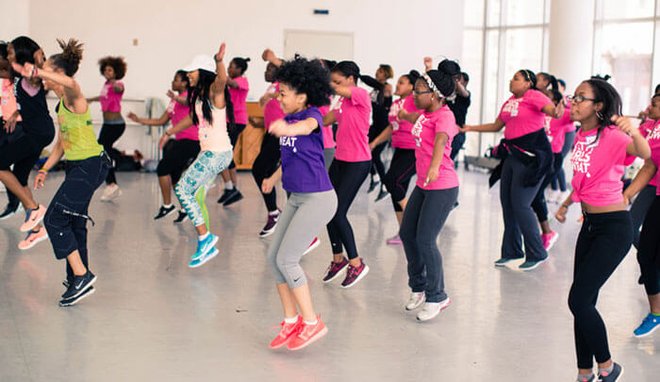 Zumba exercise classes prove that fitness can be fun
Zumba exercise classes prove that fitness can be fun
Zumba borrows an old African dance tradition—that everyone, of all talents, can celebrate music. “I like to make people who think they can’t dance, walk away knowing they can,” said Bennett. “If you like music, you can do it!” That could be why so many people across the globe move to Zumba’s global beat. The music and dance speak a universal language that everyone can understand, learn from and be part of. At the same time, it proves that fitness can be fun. “Zumba Fitness makes life about living in the moment and enjoying your friends,” said Alberto Perlman, co-founder and CEO of Zumba Fitness. Can you go wrong with that?
Share With Kidzworld
Have you ever tried Zumba? What's your favorite music to dance to? Tell us!

































